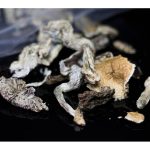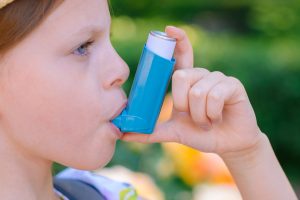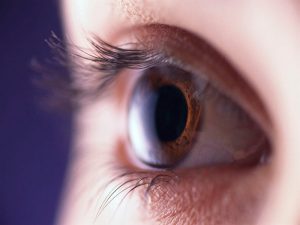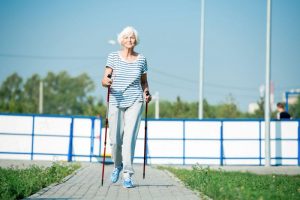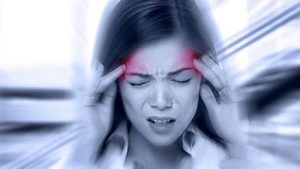
Obesity seems to alter the normal way the brain responds to sugar and fat — a problem that may not be corrected by weight loss, a new study suggests. “It could help explain why weight loss and weight-loss maintenance are so hard,” said senior researcher Dr. Mireille Serlie, a professor at Yale School of Medicine. She and her colleagues found that compared with lean adults, those with obesity did not have the same brain responses to infusions of dietary fat or sugar into the stomach. Their brain activity was blunted, and they did not have the normal release of dopamine — a chemical involved in feelings of “reward” from food. “Our interpretation is, there’s a generally reduced nutrient-sensing in people with obesity,” said Serlie. In essence, she said, the brain “was not aligned with what was happening in the gut.” And unfortunately, the study found, that disconnect was not restored when study participants went on a reduced-calorie diet for three months and shed 10% of their starting weight. That does not necessarily mean the brain differences are permanent, according to Serlie. It’s possible that with more time and sustained weight loss, people would regain their nutrient sensing. But even if an improvement is merely delayed, that’s still significant. Research in lab animals has shown that the brain not only responds to the taste and smell… read on > read on >














